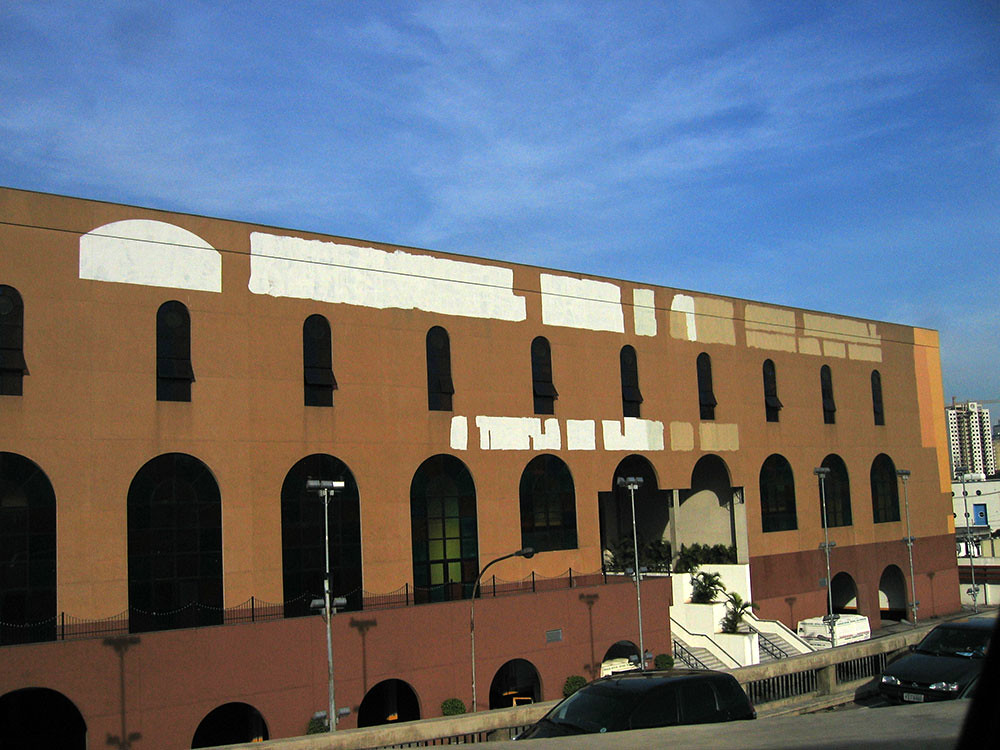What would a major city look like without any advertisements? It is difficult to imagine iconic urban centers like New York’s Times Square or London’s Piccadilly Circus without them. Yet the inhabitants of São Paulo, Brazil, the fourth largest metropolis in the world, do not need to use their imaginations to picture an ad-free city.
On January 1st, 2007, a new law called the Lei Cidade Limpa (Portuguese for the clean city law) came into effect and radically changed the visage of the city overnight. Flickr photographer Tony de Marco was there to capture the transformation as it happened.
The São Paulo cityscape was once saturated with ads installed both legally and illegally. To combat the eyesore, Mayor Gilberto Kassab led a legal assault on all forms of what he called “visual pollution.” The measure’s reach was not limited billboards and ads on buses; it also prohibited pamphleteering, posters, and oversized storefront signs. Deaf to the complaints and lobbying dollars of advertisers, São Paulo tore 15,000 billboards down and 300,000 storefront signs, all at a breakneck pace.
In a remarkable series of photos, Tony de Marco captures the frailty of a naked city shortly after this law came into effect. The prominence of these bleak, barren structures—clearly never meant to be subject to public scrutiny—feels simultaneously awkward and refreshing. The images seem to depict a city in its adolescence; it is a transition that, while not pretty, sets São Paulo up for a beautiful adulthood.
São Paulo is the first major city to enact such an ordinance but it is no longer alone. Grenoble, France banned billboards last year. Recently, leaders in Tehran replaced all 1,500 of its billboard ads with copies of famous artwork for ten days. Even Paris has pledged to lower its obtrusive public advertising by a third.
Tony de Marco’s photos shed light not only on a rare inflection point for São Paulo, but on the beginning of a new trend in urbanization. His work is a unique brick in Flickr’s edifice of history.




